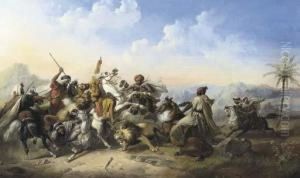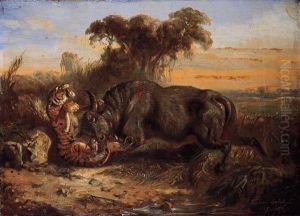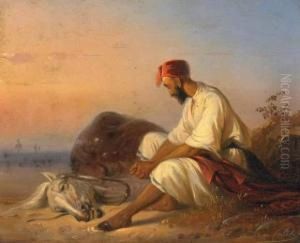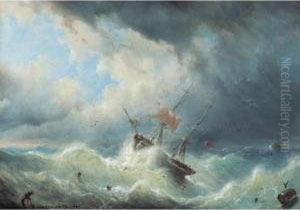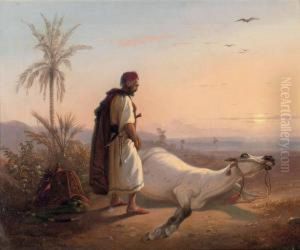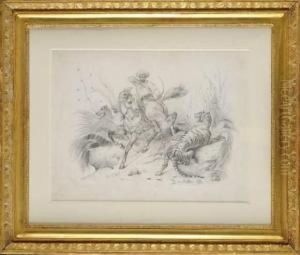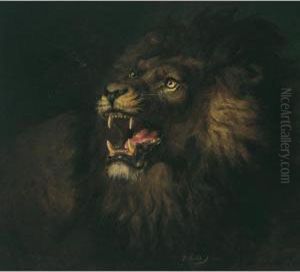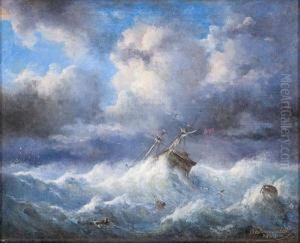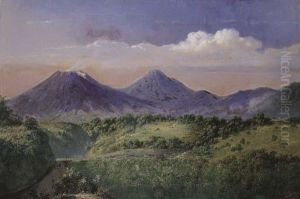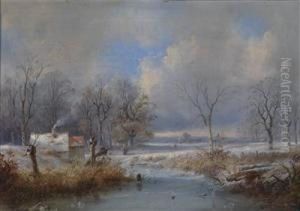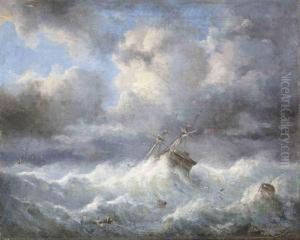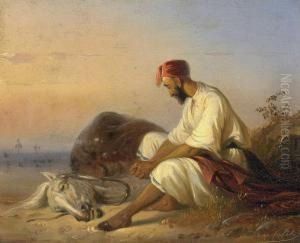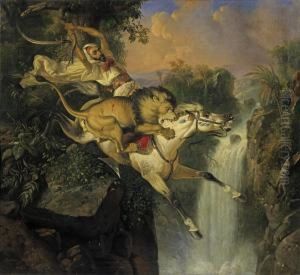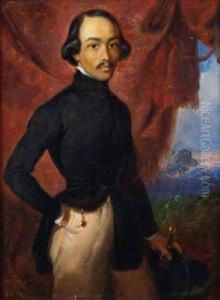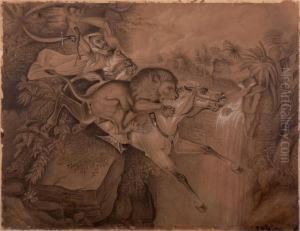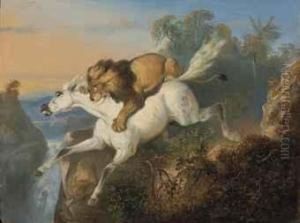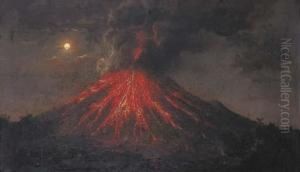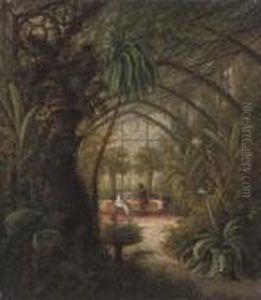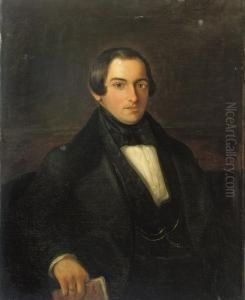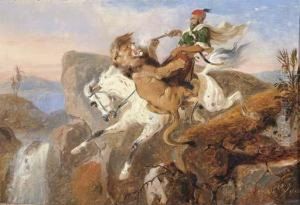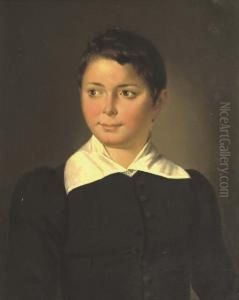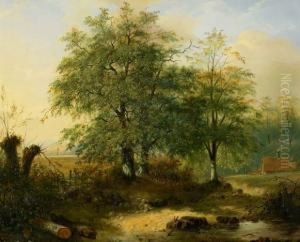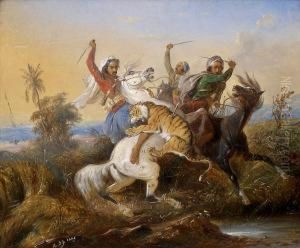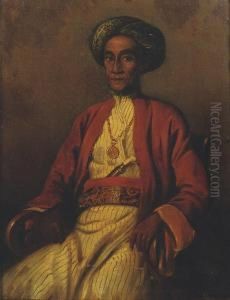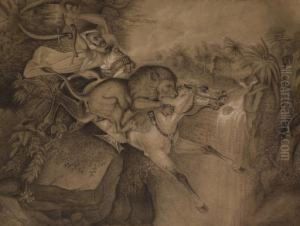Raden Sjarief B. Saleh Paintings
Raden Saleh Sjarif Boestaman, known as Raden Saleh, was a pioneering Indonesian Romantic painter of Arab-Javanese ethnicity. He was considered one of the first indigenous Southeast Asian artists to master Western painting techniques and to interpret them with Southeastern Asian cultural perspectives. Born into a noble Javanese family in Semarang, Java, Dutch East Indies, on 1811, Raden Saleh showed an early interest in art.
Raden Saleh's talent was recognized by Belgian artist A.J. Payen, who was working in Java at the time. Payen encouraged and instructed the young Raden Saleh in the fundamentals of painting. In 1829, Raden Saleh went to the Netherlands to study art. He was sponsored by the Dutch colonial government and became part of the court circle of King William II, who was an art enthusiast. During his time in Europe, he honed his skills and immersed himself in the European art scene, adopting the Romantic style that was popular at the time.
He traveled extensively throughout Europe, exhibiting in various salons and gaining prominence with his dramatic, orientalist scenes, which often depicted hunting scenes, animal fights, and Javanese landscapes. His work was well-received and garnered praise for its technical skill and exotic subject matter, bridging the gap between East and West.
After almost 20 years in Europe, Raden Saleh returned to Java in 1852, where he then served as the court painter to the Sultan of Yogyakarta. He also contributed significantly to the development of infrastructure in the arts by establishing a school for painters and promoting Western artistic techniques. His return marked a shift in his style, as he began to incorporate more of his Javanese heritage into his work.
Raden Saleh's later paintings often dealt with the struggle for independence and were marked by a more realistic style. He is praised for his contribution to the development of Indonesian art and for inspiring future generations of Indonesian artists. His works can be found in various museums and private collections around the world. He passed away in 1880 in Buitenzorg, now known as Bogor, Indonesia, leaving behind a legacy as a trailblazer in the world of art and as a key figure in the cultural history of Indonesia.
